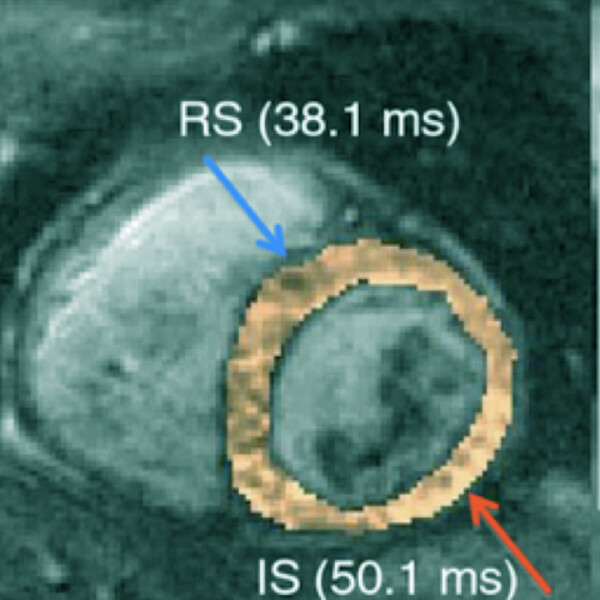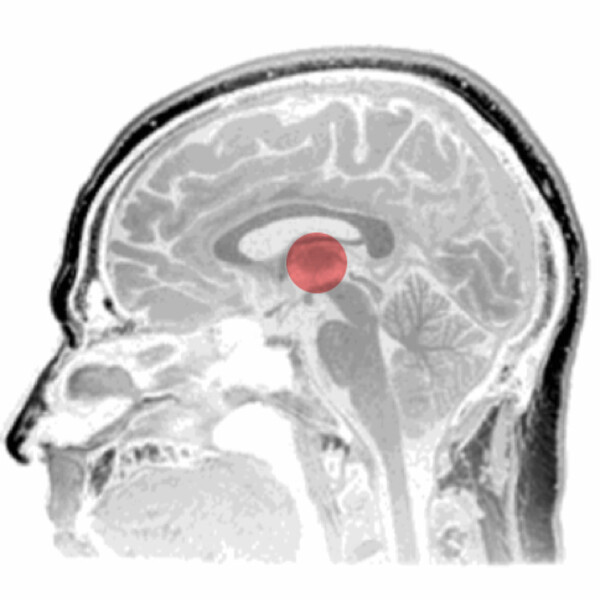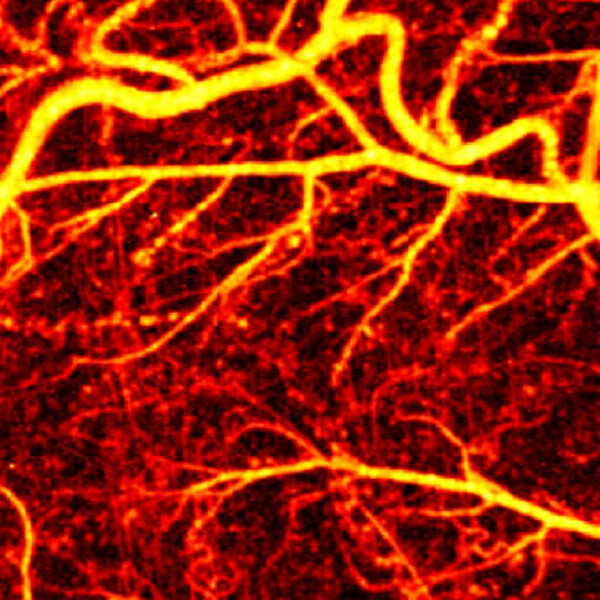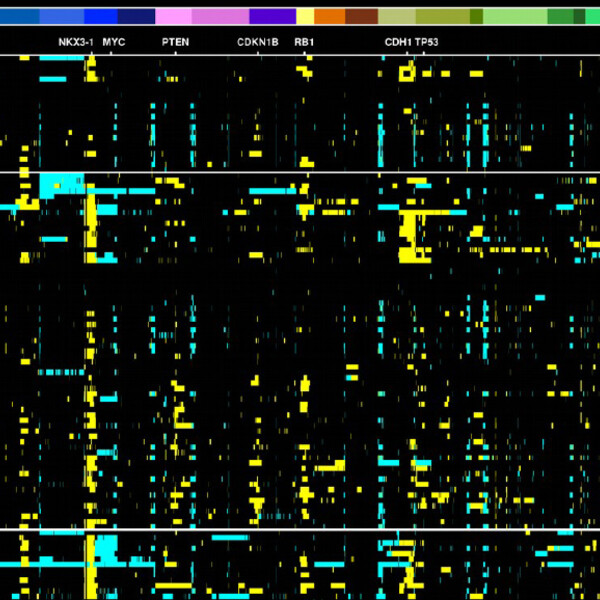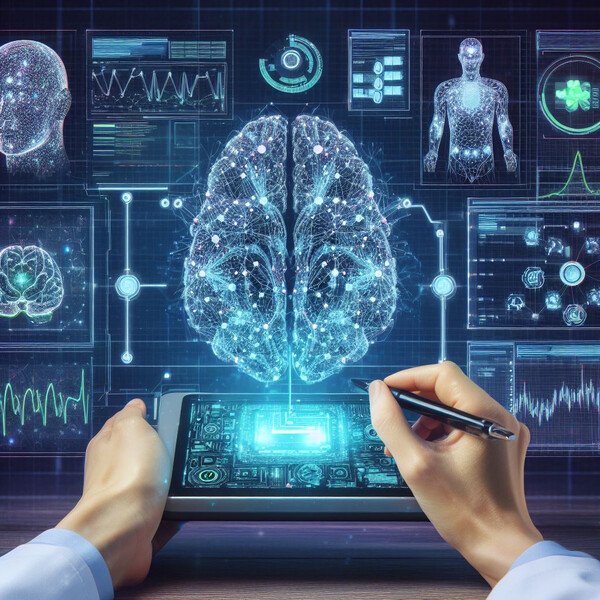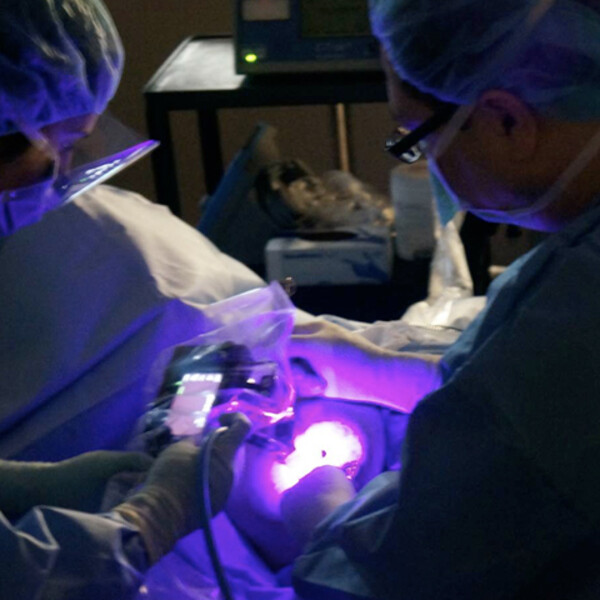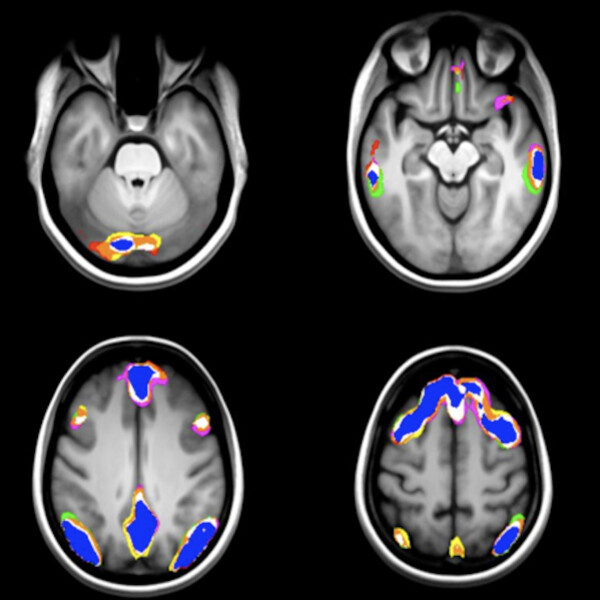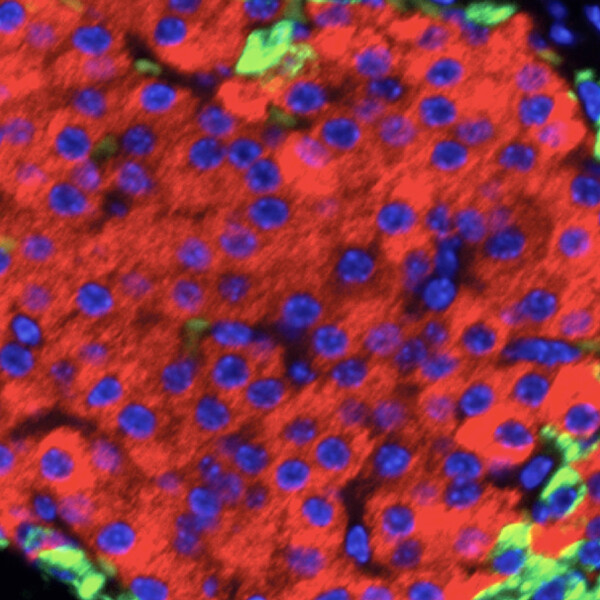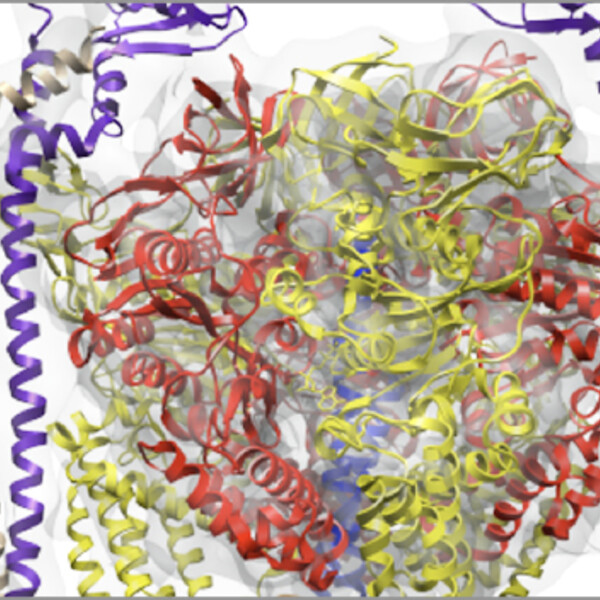Members of the Department of Medical Biophysics have a strong record of excellence. Within the Temerty Faculty of Medicine, including active emeritus professors, there are several Fellows of the Royal Society of Canada. Some have held their primary graduate appointments in Medical Biophysics and have been active participants in our graduate program.
Many of our Medical Biophysics faculty have received top accolades, including the Order of Canada and Gairdner International Awards. In addition, many department members have had their publications selected as Science Citation Classics and have been selected as University Professors (reserved for the top 1% of University of Toronto tenured professors).
Research principally takes place in the biomedical and cancer research institutes of the major teaching hospitals at the University of Toronto, and not on the University campus. These include the Princess Margaret Cancer Centre, Sunnybrook Research Institute, the Hospital for Sick Children Research Institute, Toronto General Hospital Research Institute, Rotman/Baycrest Research Institute, the Lunenfeld-Tanenbaum Research Institute, Techna Institute and the Ontario Institute for Cancer Research. The resources and facilities provided by these institutions are unmatched in Canada, as is research productivity: a recent five year review listed over 3,900 peer-reviewed papers published by our faculty and students which had already accrued over 64,000 citations in scientific literature.
Medical Biophysics Research Themes
Interdisciplinary research is at the heart of the department of Medical Biophysics, cutting across the conventional boundaries of biology, medicine, physics, chemistry, engineering, computer science and mathematics.
As such, the department currently has over 100 faculty actively researching in ten distinct areas defined below.
We are working to develop new imaging technologies as well as new medical applications of existing imaging technologies.
We work with a variety of diagnostic techniques such as advanced molecular profiling for the detection of circulating tumor DNA (ctDNA), circulating tumor cells (CTCs) or soluble protein signatures through technologies.
We use state-of-the-art model systems such as primary cell culture, organoids, patient-derived xenografts and genetically-engineered mouse models (GEMMs) to gain novel molecular insights into how cancer develops, progresses and spreads.
We use biological techniques, such as molecular biology, and physical approaches, such as imaging technologies, to obtain novel insights into cardiac disease and vascular biology.
We combine methods from mathematics, statistics, computer science and machine learning to analyze and understand large datasets, which include data from genomics, epigenomics, transcriptomics, single cell sequencing, etc.
We leverage techniques rooted in mathematics, statistics, computer science, and machine learning to develop novel algorithms and models that positively impact healthcare. We develop and apply deep learning algorithms to harness vast datasets to develop algorithms and models for improving our diagnosis, treatment, and understanding of diseases.
We interrogate the use of any form of medical imaging to plan, perform, and evaluate surgical procedures and therapeutic interventions. Image-guided therapy techniques help to make surgeries less invasive and more precise.
We use a range of molecular, cellular, model system, and clinical research approaches, often making use of imaging technologies to obtain novel insights into the nervous system in health and disease.
We study various aspects of stem cell biology, including the examination of cells that can differentiate into other cell types and self-renew to reproduce more stem cells.
We are engaged in studying structural and biochemical properties of proteins and the complexes they form, to help us better understand how these proteins contribute to biological processes.


